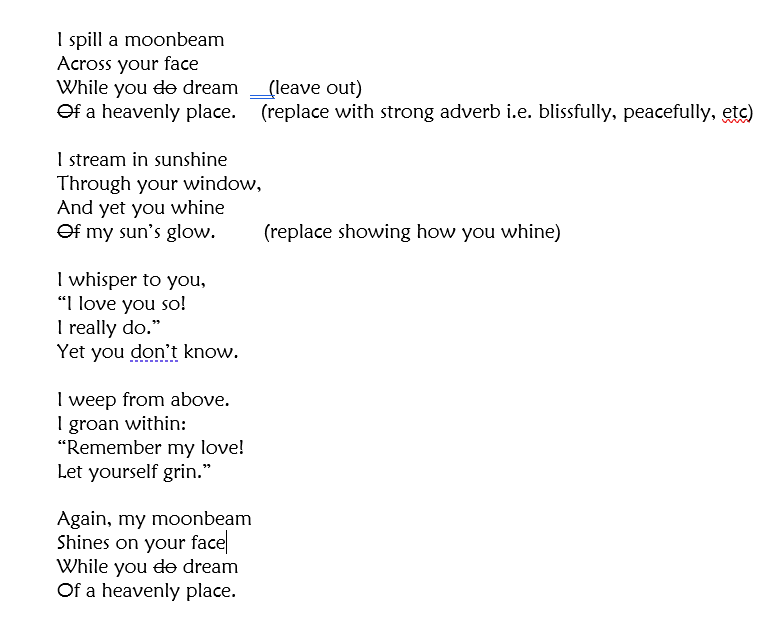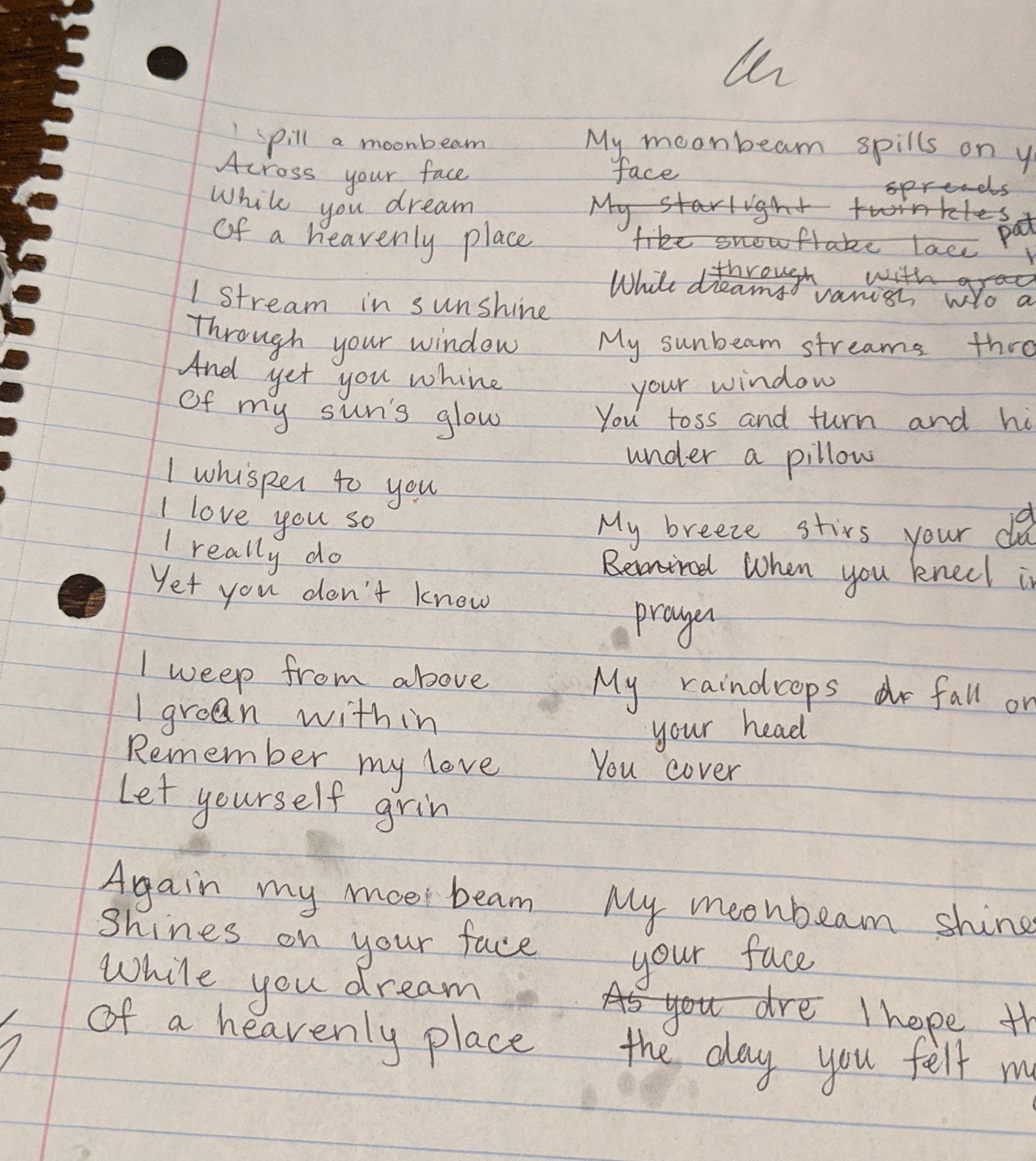“Writing about writing” uses the same word as two different word classifications: progressive verb+"about"+gerund.
 |
| Some things don't make sense; Photo by Author |
As a child, many of my favorite books included main
characters who wanted to become writers. In Louisa May Alcott’s Little Women, Jo
March’s desire to write a great novel inspired my idea to write a great novel.
From the L.M. Montgomery’s Anne of
Green Gables series, I mourned when Gilbert made fun of Anne
Shirley, especially when he called her writing “highfalutin mumbo jumbo.”
Writers Alcott and Montgomery wrote about characters
who wrote. This cycle feels familiar even today. Now there is an entire
industry of writers writing about writing. Some make thousands of dollars from
writers and wannabee writers purchasing these items. Even I fall into the trap
of writing about writing. I enjoy helping others improve their writing and
other language skills, though I haven’t made any money with writing advice yet.
These thoughts on “writing about writing” intrigued me on a
grammatical level. The syntax (word
order) is a verb+preposition+noun, where the first verb is in the progressive
tense and the noun is a gerund (the
progressive verb form used as a noun). I experimented with other verbs: reading
about reading, dreaming about dreaming, or hearing about hearing. These
constructions made sense while others did not: walking about walking, tasting
about tasting, or climbing about climbing.
So what makes some verbs work, but not others?
I wondered about abstract verbs versus concrete verbs, but
that didn’t quite make sense. For example, the abstract idea of “thinking about
thinking” works yet the concrete idea of “typing about typing” works too. What
makes sense comes down to word definitions and context. Otherwise, these
are grammatically
correct, but nonsense phrases.
In the end, words are more than letters, sounds, and word
classes. They are the meaning generations of humans have imbued into these
sounds. Each word has an idea associated with it. Thus, I am writing about
writing.
So what progressive verbs can you think of that work as
gerunds that don’t sound nonsensical?









